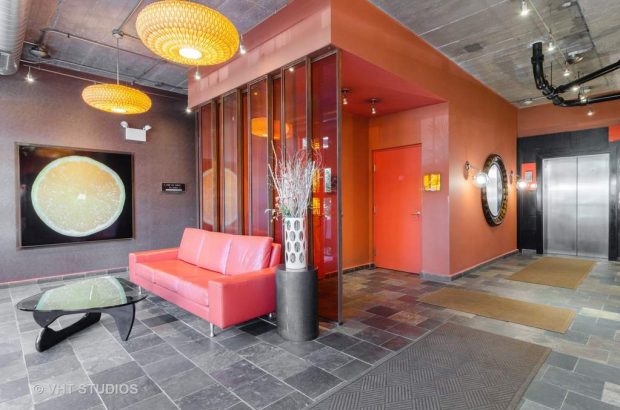Japanese homes will generally belittle and be arranged near each other, whether in metropolitan or country settings. However, critical highlights of customary Japanese private plans guarantee security, steady light, insurance from the components, and contact with the outside – regardless of the size of the house or its area.
Albeit most luxury japanese homes design can’t bear the cost of single-family homes, their lofts frequently contain conventional highlights, like absorbing tubs and step entrances. What’s more, numerous Western-style homes in Japan have a solitary Japanese-style room with a tatami floor. Components of the customary Japanese house plan, long motivation for Western modelers, can be seen worldwide. Here are the fundamental ideas.
- Gated sections
Since most private roads in Japan need pathways, the outline among public and private spaces starts at a property’s door. This customary roofed door in AMOMA isolates the street from a private home. An old cherry tree alludes to a great nursery inside the dividers.
- Walled properties
Substantial square is the most widely recognized material for the partitions, both in urban communities and towns. Protection from adjoining houses is accomplished through dividers at the property line. Yet, a few vast places in Kyoto brag stone dividers finished off with a wood wall. This divider is finished off with wattle and wipe.
- Tiled rooftops with a wide overhang
This two-story house in the Aoyama area of Tokyo sits on an abnormally massive part of the downtown area. Japan is a stormy nation, and its rooftops are intended to deplete water away from the house. The roof permits inhabitants to open outside entryways for ventilation without allowing the downpour.

